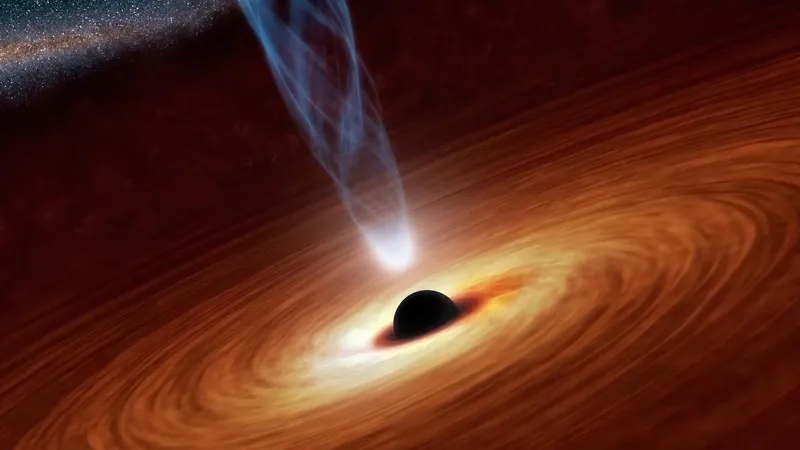At the heart of our Milky Way galaxy lies a supermassive black hole known as Sagittarius A*, which weighs in at about four million times the mass of our sun. Supermassive black holes like this one reside at the centers of most galaxies and grow over time by pulling in material that strays too close. However, recent observations made possible by NASA’s James Webb Space Telescope have surprised astronomers by revealing the existence of supermassive black holes in the early universe—far earlier than previously believed possible. This discovery sheds new light on how these cosmic giants may have formed and grown so quickly, through bursts of supercharged accretion.
Black holes are incredibly dense objects with gravity so intense that even light cannot escape their pull. They gain mass by consuming gas, dust, and stars that wander into their gravitational grasp. As their mass grows, so does their gravitational influence, allowing them to continue feeding on their surroundings.
The discovery of supermassive black holes in the early universe challenges our current understanding of black hole formation. According to Hyewon Suh, an astronomer at the International Gemini Observatory and lead author of a study published in Nature Astronomy, “The existence of supermassive black holes in the early universe challenges our current models of black hole formation and growth.”
One of the most remarkable objects observed by Webb is a supermassive black hole called LID-568, located about 1.5 billion years after the Big Bang, when the universe was only about 11% of its current age. LID-568’s mass is about 10 million times that of the sun, making it two and a half times the mass of Sagittarius A*. The exact mass of its host galaxy remains undetermined.
What makes LID-568 particularly interesting is its exceptionally rapid growth rate. Webb’s observations revealed that this black hole is accreting material at a rate more than 40 times higher than what was previously thought to be the maximum allowable rate—the so-called Eddington limit. The Eddington limit represents the balance between the outward pressure from radiation produced by the black hole’s accretion disk and the inward pull of gravity from the black hole itself.
Study co-author Julia Scharwächter of the Gemini Observatory and NOIRLab explained, “The Eddington limit is a theoretical maximum for the energy output a black hole can produce through accretion. It assumes the outward radiation pressure from the accreting material balances the inward gravitational pull.”
The question of how primordial black holes like LID-568 form is still an open one. They may have originated from the explosive death of the first generation of stars or from the collapse of large gas clouds in the early universe. What is clear from the discovery of LID-568, however, is that these black holes can grow quickly through rapid episodes of accretion.
Suh added, “The discovery of LID-568 suggests that a significant portion of a black hole’s mass can be gained in a single burst of rapid accretion. This could help explain how supermassive black holes formed so early in the universe, no matter how they originated.”
Until now, astronomers lacked observational evidence for how black holes could have grown so fast in the early universe. The key sign of a growing black hole is the emission of X-rays, which are produced when material around the black hole is superheated before being consumed. These X-rays are a direct result of the immense gravitational forces at play.
To uncover more details about LID-568’s growth, the researchers first detected it using NASA’s Chandra X-ray Observatory and later studied it with Webb’s advanced infrared capabilities. These observations suggest that LID-568’s extreme growth rate might be due to a mechanism that allows it to consume material faster than was previously thought possible.
“LID-568 is remarkable for its rapid growth and its existence at such an early stage in the universe,” said Suh. “We don’t yet know how LID-568 is able to exceed the Eddington limit, but we are planning follow-up observations with Webb to investigate further.”










